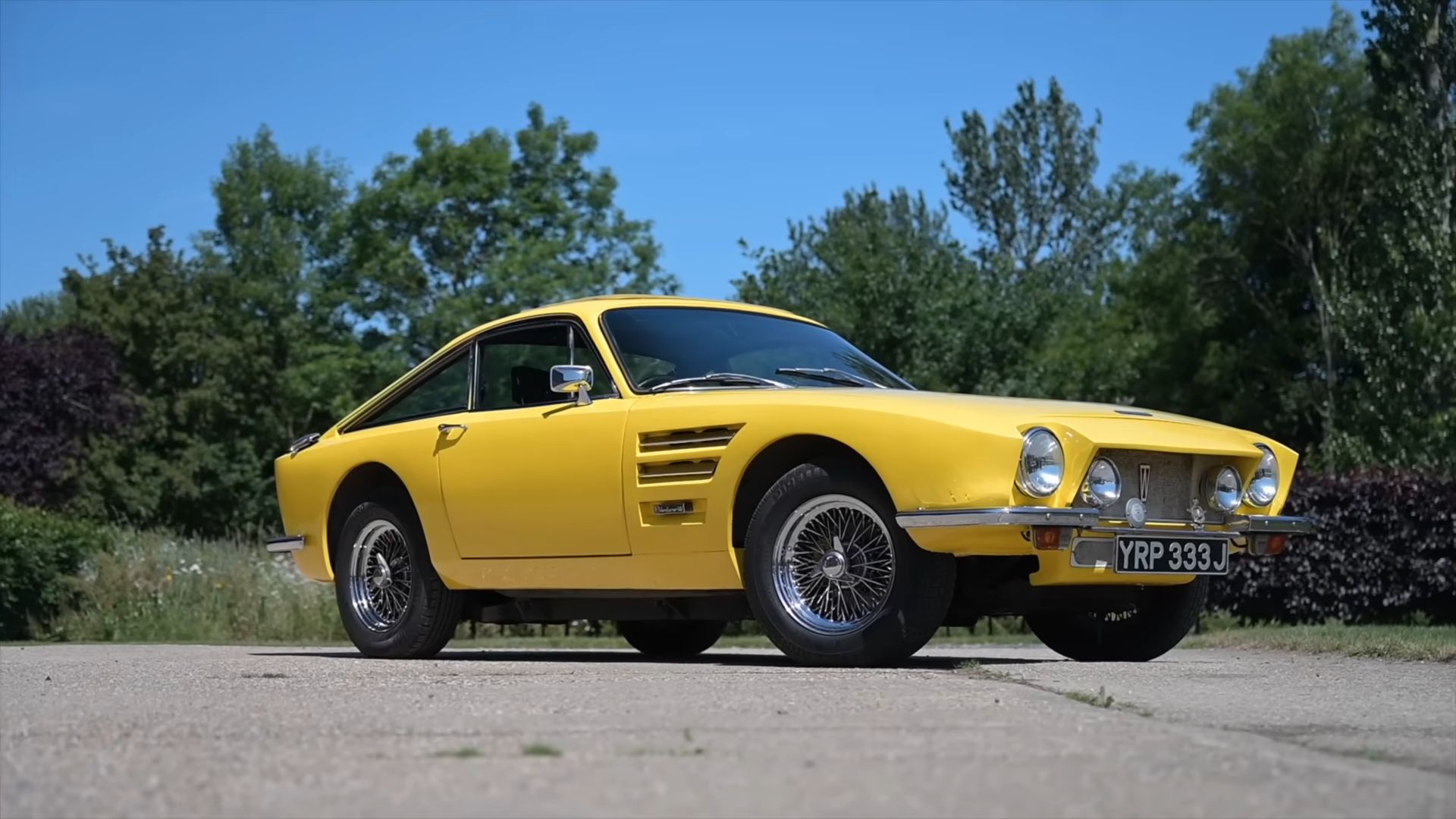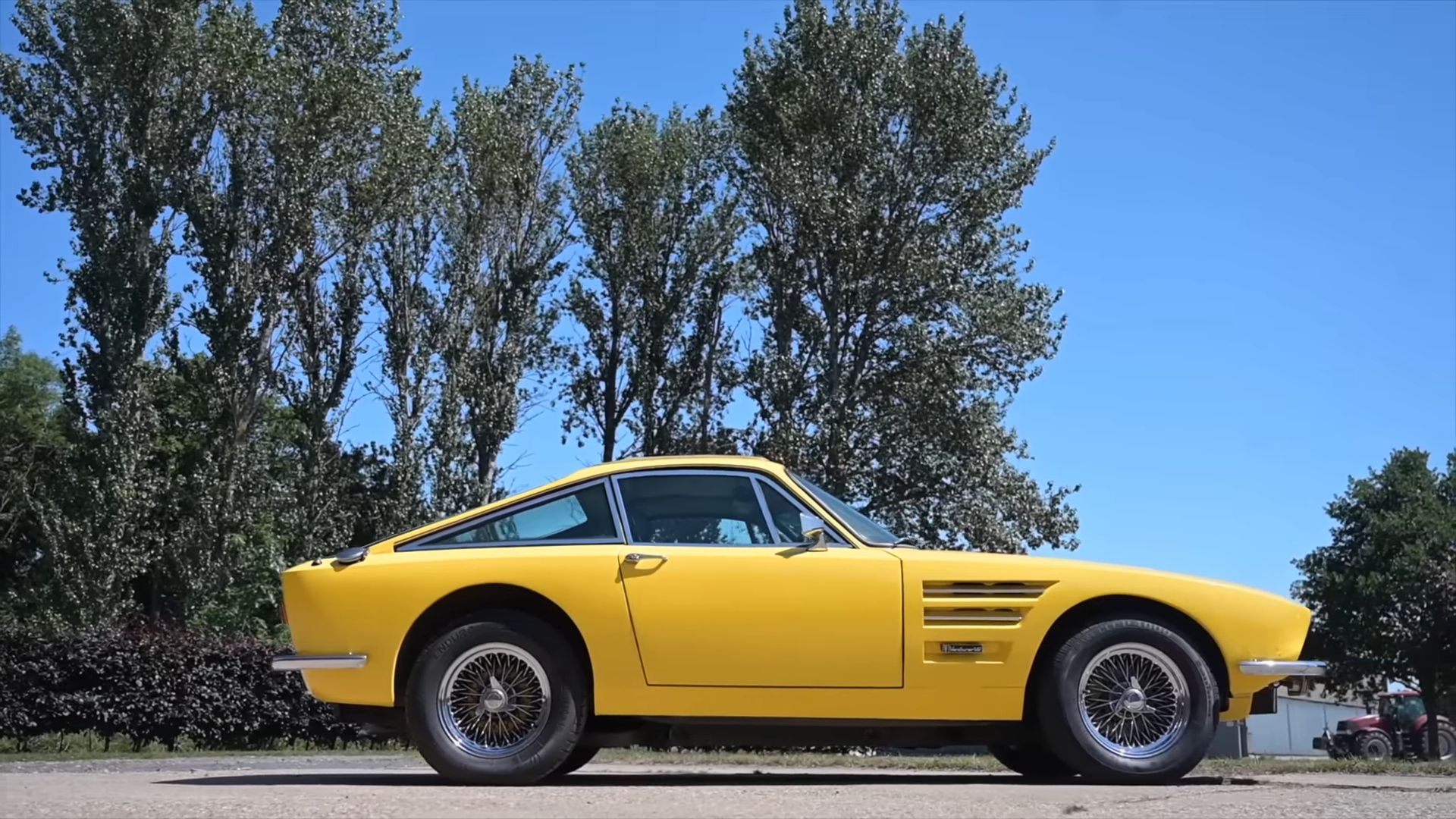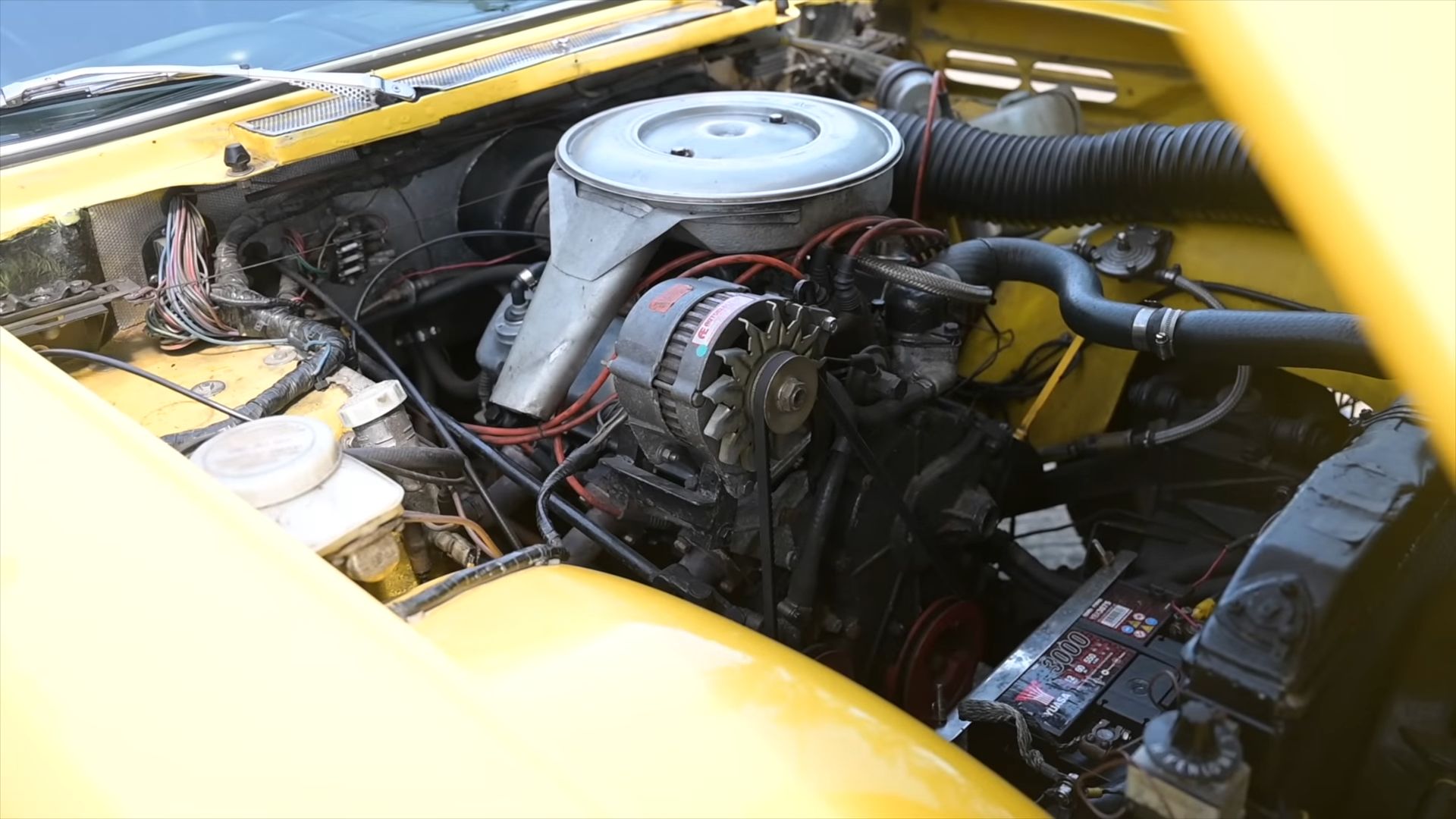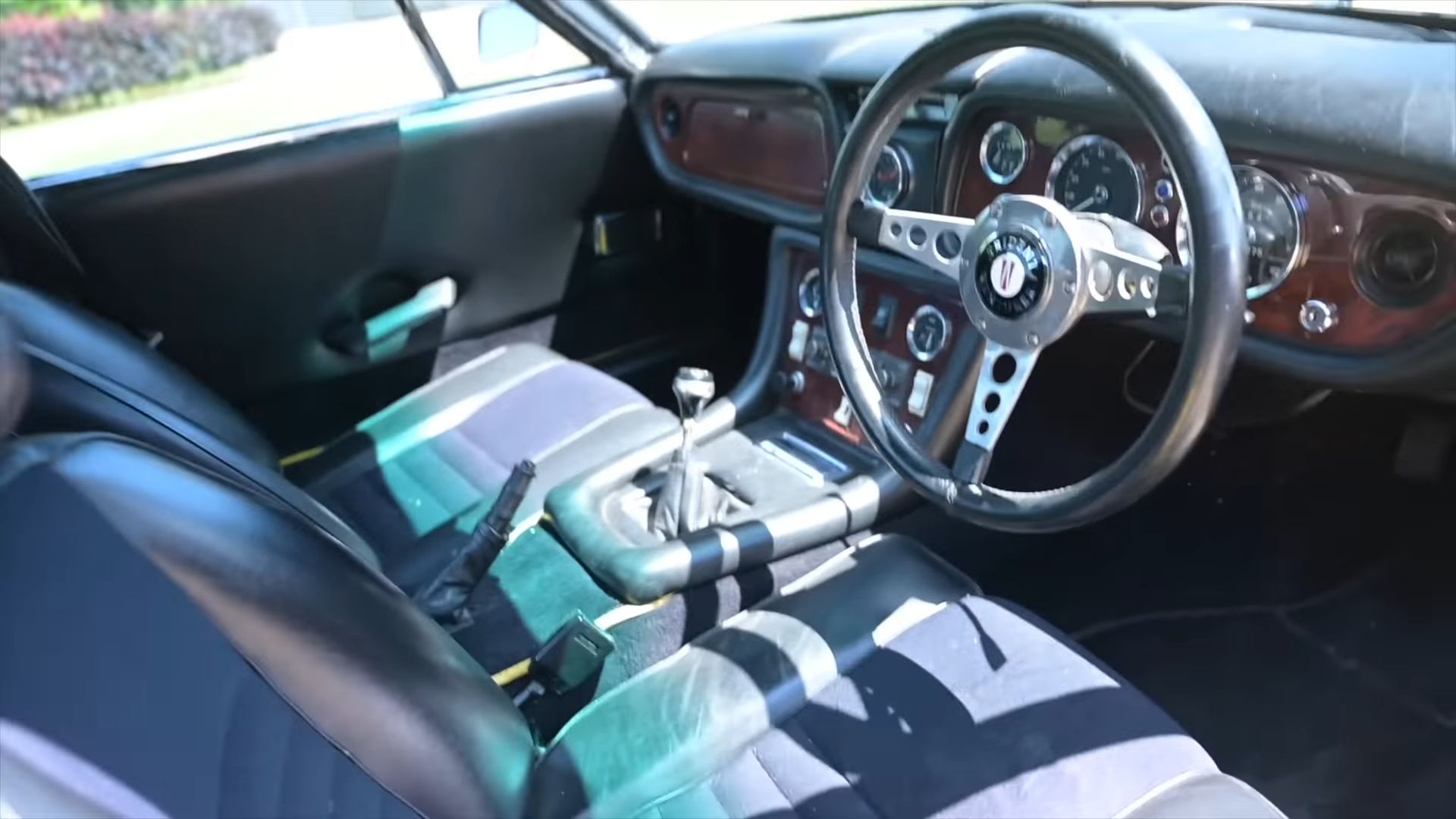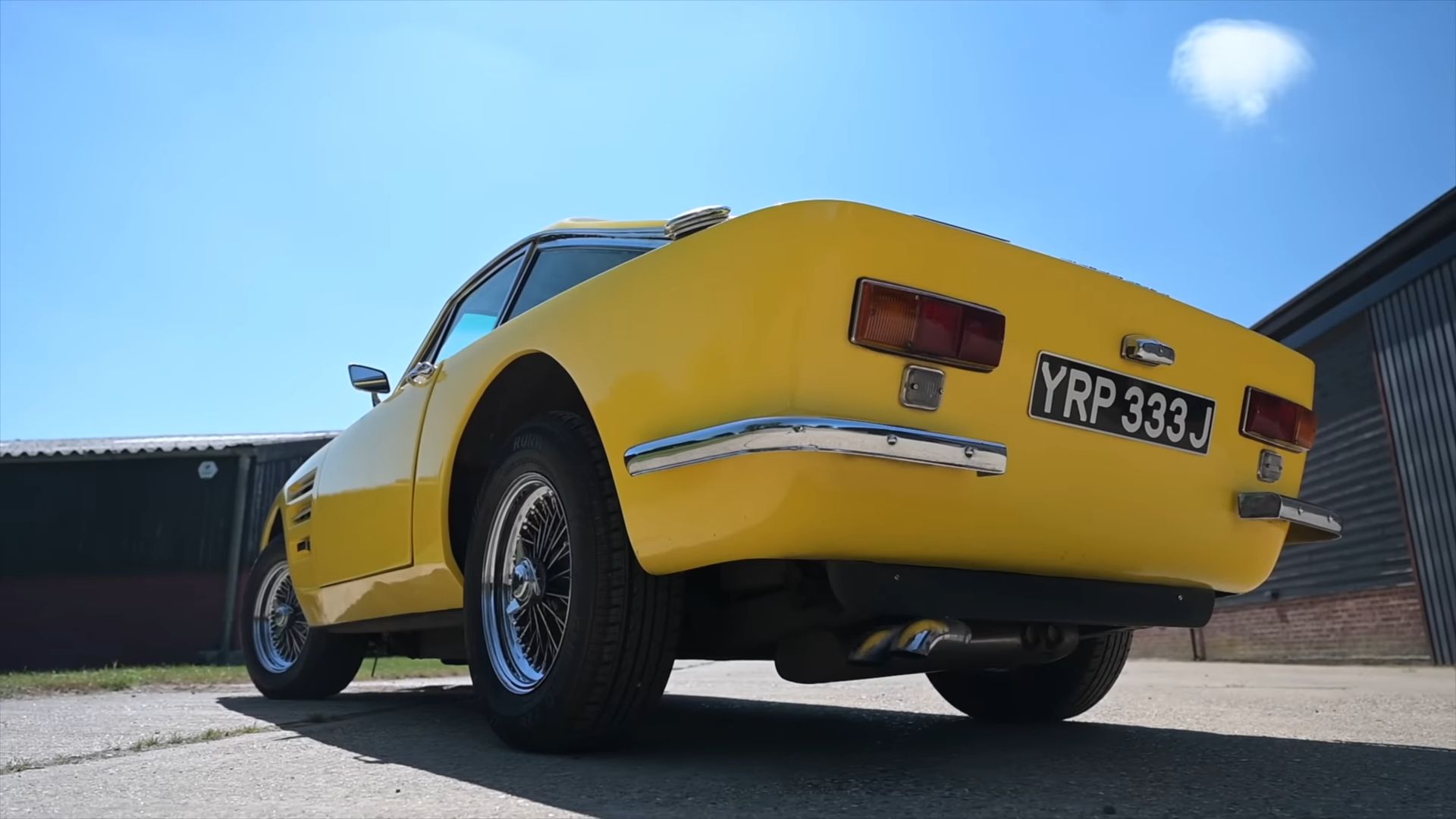There is hardly a country with more defunct manufacturers than the U.K. Over the last 100 years, dozens of car brands have come and gone. Some of them, however, did things right, only to be forgotten by time. Such is the case with one of Britain’s most obscure and rare sports cars ever made – the 1970 Trident Clipper. U.K.-based YouTube channel, furiousdriving has managed to get access to one of the very few Trident Clippers made and tell us all about the quirks, features, and history of the car.
The story of the Trident Clipper starts with the TVR Trident. While all TVR models to this date, come with their own interesting bit of history, the TVR Trident was spawned in one of the worst periods for TVR. The model came out in 1965 when four different versions were shown at the Geneva Motor Show. The car’s body was built by Carrozzeria Fissore and the engine bay was designed to accommodate a Ford 289, 4.7-liter V-8. The high output version of the Windsor V-8 pumped out 271 horsepower and allowed for 0 to 60 mph (97 km/h) in 5.0 seconds.
TVR’s liquidation in 1966 allowed TVR dealer, Bill Last, to acquire the trademark for the Trident name. While only seven TVR Tridents were produced by TVR, a whole 39 Trident Clippers were produced, most of which were powered by a 5.4-liter Chrysler V-8 engine. The Trident Clipper was a heavy inspiration for the TVR Venturer, which came out a few years later in 1970. While the Clipper was based on an Austin Healey chassis, the Ventura was underpinned by the longer, Triumph TR6 chassis.
The bodywork is strikingly similar to the Clipper, with the only noticeable difference being at the front where pop-up headlights have made way for fixed units. The engine bay that was, originally, designed to house an American V-8 had plenty of room to spare since a 3.0-liter Ford Essex V-6 could now be found under the hood/bonnet. The OHV engine was good for a modest 138 horsepower (102 kilowatts) and 192 pound-feet (260 Nm). A four-speed manual sent power to the rear. Because the small V-6 is so far back, the Venturer has "an almost mid-engine layout".
Being built by a small, independent manufacturer, you would expect corners to be cut. That said, the build quality is surprisingly good and it doesn’t take you long to realize that they were aiming for a more upscale clientele. At the same time, you can play “spot the parts” since all of the switchgear was from various other British-made cars, which use parts from much cheaper vehicles. This is actually a recurring theme with British vehicles since even the McLaren F1 has Citroen CX side mirrors (as well as the Aston Martin DB7, Jaguar XJ220, and others).
Regardless, the Trident Venturer was the brand’s most successful vehicle, with 84 examples produced. The video review of the car will tell you, in detail, about all the ins and outs of this obscure British sports car, and how it feels to drive. On a side note, these are still relatively inexpensive with one of the V-8-powered Venturas being recently sold for £26,040. So, if you want an obscure, but obtainable, rare British classic, this one looks like a heck of a bargain, assuming you can find one for sale.


